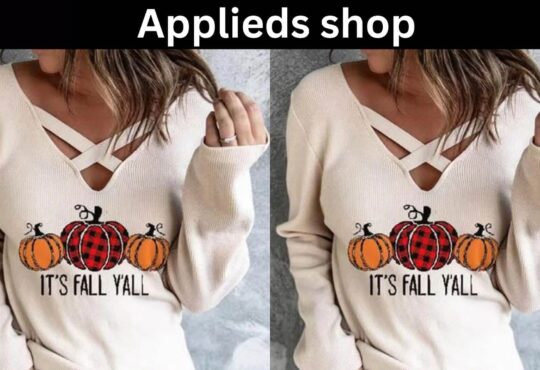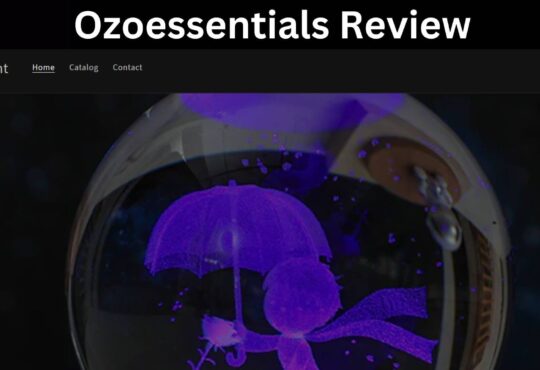
Relationship Attachment Style: (Feb-2022) What Is It And How Can Knowing It Help Your Love Life? Know Full Info!
Adherence theory was developed by John Bowlby, a psychiatrist and psychoanalyst. While John’s theory was previously associated with the relationship between young children and their parents, it has been found that connection theory can also help adults better understand their interpersonal relationships.
As adults, we have 4 different types of relationship management. Let’s examine them one by one and find a way to use this information to improve your love life.
Securely connected
Table of Contents
One relationship style designed by attachment theory is the Safely Fastened relationship style.
People with strong relationships always have a healthy view of themselves and others. Such people have no problem building emotional bonds with their partners. They had no problem trusting or trusting their partner. Like them, they also trust their partner more often and are comfortably dependent on him. They do not bind their self-confidence to the presence of a partner in their life and they are safe in their self-confidence, even if they are not in a relationship.
- People who enjoy friendly and interactive interpersonal relationships as children often also have a strong relationship style of attachment to their romantic relationship.
- They don’t want to run away when it is difficult in a relationship, but they tend to stay and deal with adult relationships.
- People with a secure connection enjoy a higher fulfillment of their relationship compared to all other types of relationships.
- This does not mean that people with strongly connected types of relationships never have relationship problems. There are two people in a relationship and everyone tends to go wrong sometimes.
Anxious
People who have an anxiety-anxiety connection style often feel extreme anxiety about their relationship. They want to be deeply involved and intimate with their partner from the beginning of the relationship. This can make them relatively strong in a relationship. They always want to stay in a romantic relationship precisely because of the proximity of the partner, because their self-confidence is always tied to the presence of the romantic partner in their life.
They are always in a relationship and always feel unworthy when they are single.
They are always afraid to leave their partner and are unreasonably afraid of things they think separate from their partner.
People with a fear-of-fear intimacy style are more likely to become owners and need a relationship.
They are also too sensitive and often want to control their relationship, are prone to depression and are constantly obsessed with their relationship and partner. They can always make a hasty decision and they will think twice about their relationship and always think the least.
People with this style of connection need constant commitment and attention to feel safe in their relationship.
Rejective-evasive
People with a rejection style often do not give weight to the emotional connection in their relationships. They are very independent and often have problems with trust or dependence on others, including their romantic partner. They are very strong when they are single and appreciate the feeling of autonomy in their lives. They always prefer other things and people to their romantic partners. Their work, social life or other interests often take precedence over their spouse.
People whose relationship style is repulsive-evasive often feel tired of deep emotional or physical intimacy and need constant breaks in their own private space.
These people often do not have many close relationships in life and often try not to stay in touch for a long time.
Fear-avoidance
People with a fear-avoidance style crave physical and emotional intimacy, but often avoid intimacy with their romantic partner for fear of being rejected or injured.
They may have already experienced past pain or abuse in their relationship, so they may have been reluctant to reduce their romantic partner’s security.
A bond avoidance style always prevents one from feeling safe in a relationship, so very few people who have this bond style have many close relationships.
These are the four main categories of relationship type, and we’ll briefly discuss each one. Each style of relationship has its advantages and disadvantages. You can search for resources and read more about these types of the Internet or local library attachments.
Despite the bonding style in a relationship, there are some people who feel insecure in a relationship because of sexual harm. We usually can’t change the style of our relationship, but there are many treatments like Kamagra Jelly and Cenforce 100 that help a person from the symptoms of sexual dysfunction.
Drugs such as Fildena 100 and Vidalista 20 are used to treat male sexual dysfunction, but treatments for female sexual dysfunction are also available. There are several factors that can contribute to the success of a relationship. Things like physical intimacy, the kind of bond in a relationship, and the languages of love can help keep both couples happy and contented in a relationship.
Mutual respect, regular conversation and gratitude are also important for maintaining a healthy romantic relationship.
Also Read- 5 Best CBD Dog Treats: (Update)Top 5 Organic Full Spectrum CBD 2022











